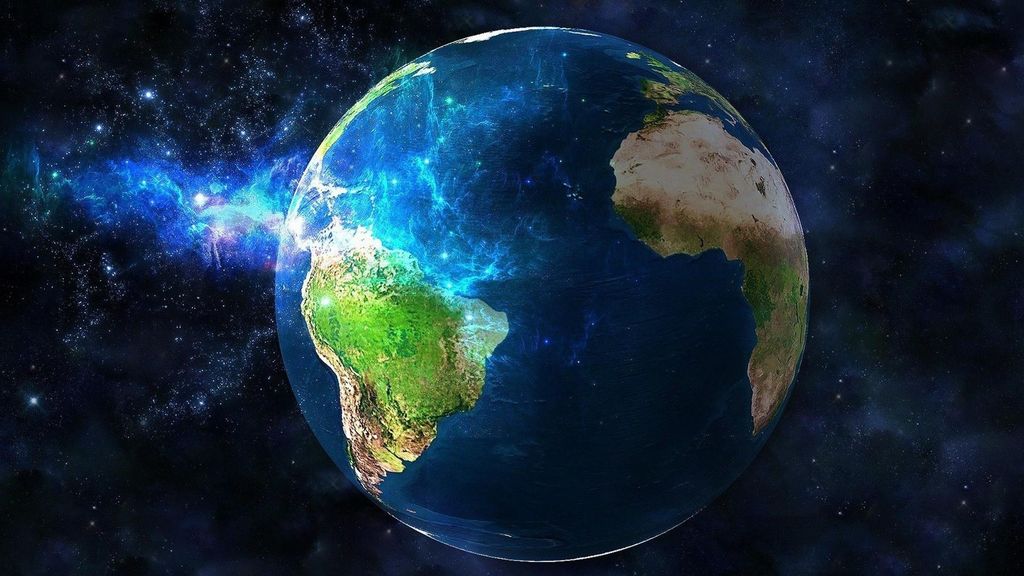
The relentless march of time, coupled with the ever-changing tapestry of Earth’s environments, has seen countless forms of life emerge, thrive, and ultimately, vanish. While the concept of extinction might initially conjure images of ancient dinosaurs or the dodo, it is a multifaceted phenomenon, deeply woven into the fabric of evolution itself. Far from a simple binary state of existence or non-existence, extinction presents a complex array of biological mechanisms and environmental interactions that shape life on our planet.
Like dissecting the intricate engineering of a groundbreaking automotive design, understanding extinction requires a deep dive into its mechanics, its historical context, and the profound legacy left by those species, and indeed, those concepts, that are no longer with us. This isn’t merely a recounting of losses; it’s an exploration of the fundamental forces that govern biodiversity, offering crucial insights into the resilience and fragility of life. We embark on a journey through some of the most iconic, albeit often somber, chapters of Earth’s biological narrative, unraveling the expert definitions and the initial drivers that have led to species’ ultimate demise.
Our investigation begins by establishing a precise understanding of what constitutes extinction, venturing beyond the common perception to examine its more nuanced forms. From the point where the last individual draws its final breath, to the subtle ways a species can disappear through genetic dilution or habitat loss, each concept reveals a layer of complexity in the grand scheme of life’s termination. These foundational principles are not just academic exercises; they are the bedrock upon which our appreciation of biological heritage, and our efforts to preserve it, are built.
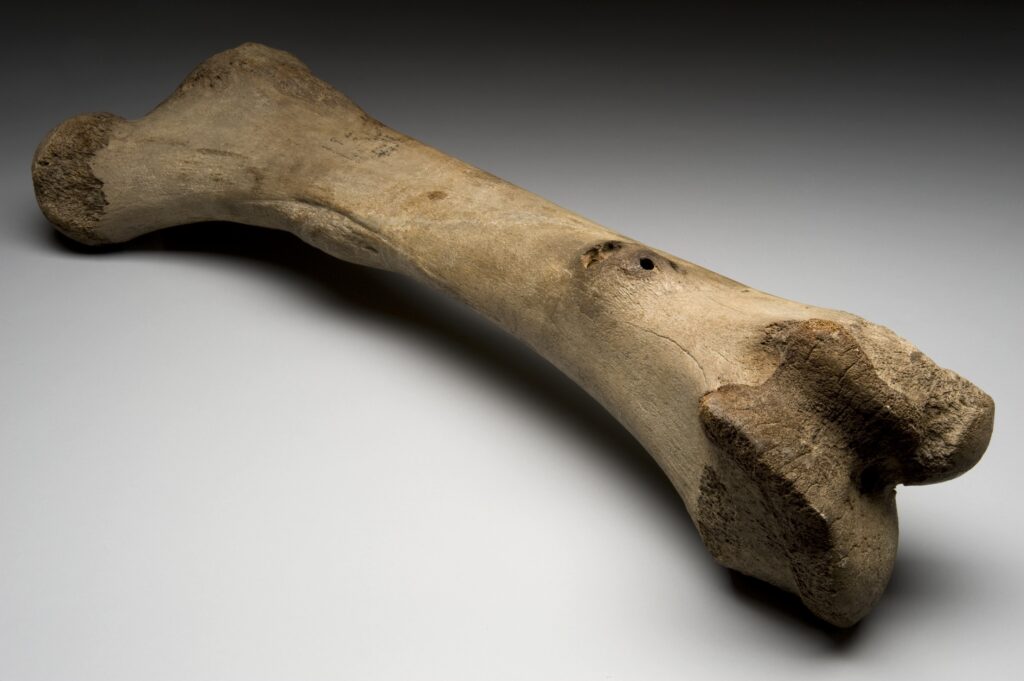
1. **The Definitive End: Understanding Extinction**
At its most fundamental, extinction is the termination of an organism by the death of its last member. It represents the absolute conclusion of a species’ lineage, a moment that, while often difficult to pinpoint precisely, marks an irreversible loss from the global biological inventory. The species ceases to exist as a viable, reproducing entity, leaving behind only its echoes in the fossil record or in human memory.
This termination, however, is not always an instantaneous event. While some extinctions might be swift and catastrophic, others unfold gradually, making the exact moment of a species’ final disappearance elusive. Determining this precise moment is often done retrospectively, requiring careful scientific documentation and analysis, underscoring the challenge in monitoring biodiversity loss in real-time. The sheer scale of past extinctions, with over five billion species estimated to have died out, demonstrates that this is a natural, albeit often tragic, component of life’s evolutionary journey.
For a species to be declared extinct, it must be uniquely distinguishable from any ancestor or daughter species, and from any other closely related species. This taxonomic clarity is crucial, as the scientific community must be certain that the organism in question has truly vanished without leaving a direct evolutionary successor that carries its essential genetic blueprint forward. The dodo of Mauritius, vividly depicted in a 1626 illustration, stands as an often-cited and stark example of modern extinction, a powerful reminder of a species definitively lost.
Read more about: Beyond the Hype: Unpacking Why Vintage Japanese Cars Are Commanding Astounding Prices at Auction
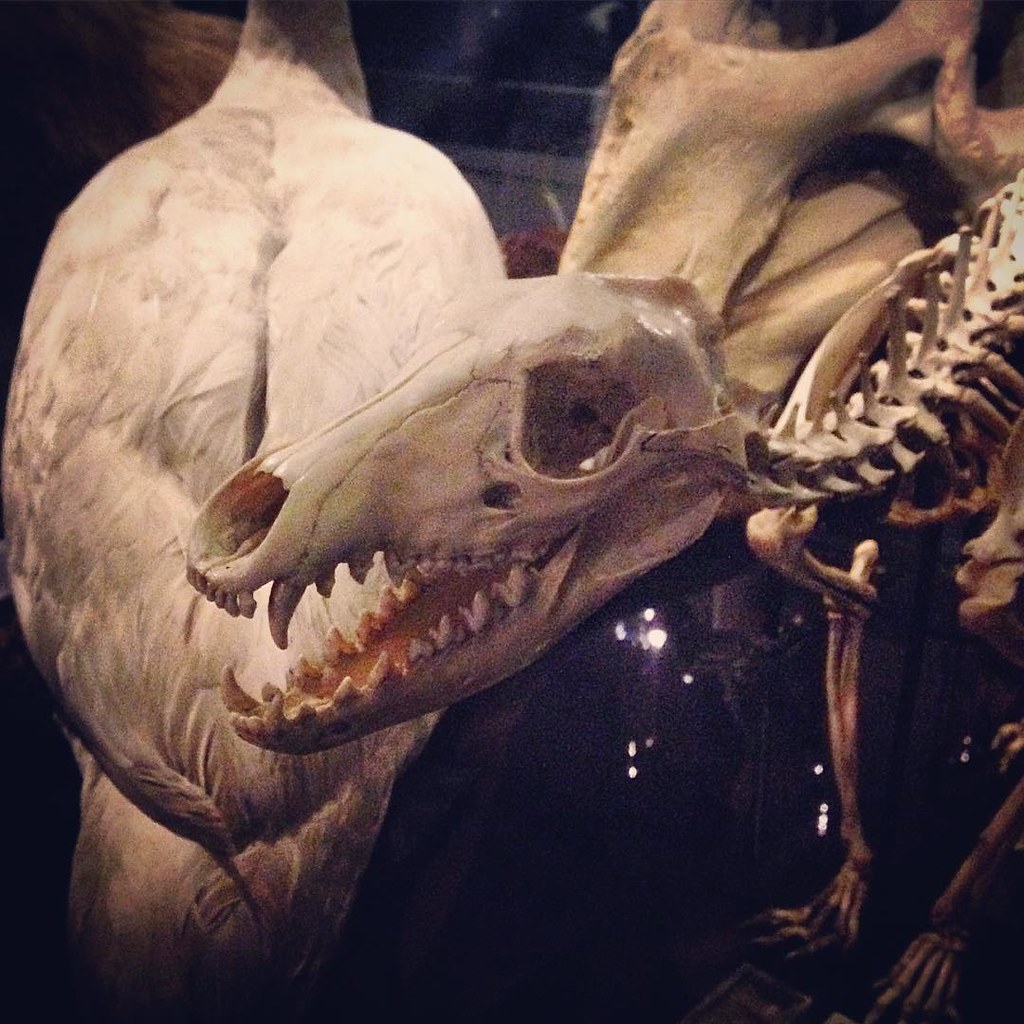
2. **The Silent Vanishing: Functional Extinction**
While the death of the last member marks official extinction, a species may become functionally extinct even before this final individual perishes. This occurs when a taxon loses the capacity to reproduce and recover, effectively rendering it biologically unviable for long-term survival. Imagine a meticulously engineered vehicle, still physically present, but with critical components missing, making it impossible to drive or repair – functionally obsolete.
Functional extinction can manifest in several ways. It may occur if only a handful of individuals survive, but are unable to reproduce due to poor health, advanced age, or sparse distribution across a vast range, making finding mates impossible. A lack of individuals of both es in sexually reproducing species is another critical factor, breaking the chain of propagation despite living specimens still existing. These organisms are effectively living ghosts, present but without a future.
Modern conservation efforts, particularly those reflected by the International Union for Conservation of Nature (IUCN), recognize this critical state through the conservation status “extinct in the wild” (EW). Species under this status are not known to have any living specimens in their natural habitat and are maintained solely in zoos or other artificial environments. While heroic attempts are made to maintain viable populations through carefully planned breeding programs, such species are often functionally extinct from an ecological standpoint, no longer playing their natural role in the ecosystem, and their return to the wild remains a significant challenge.
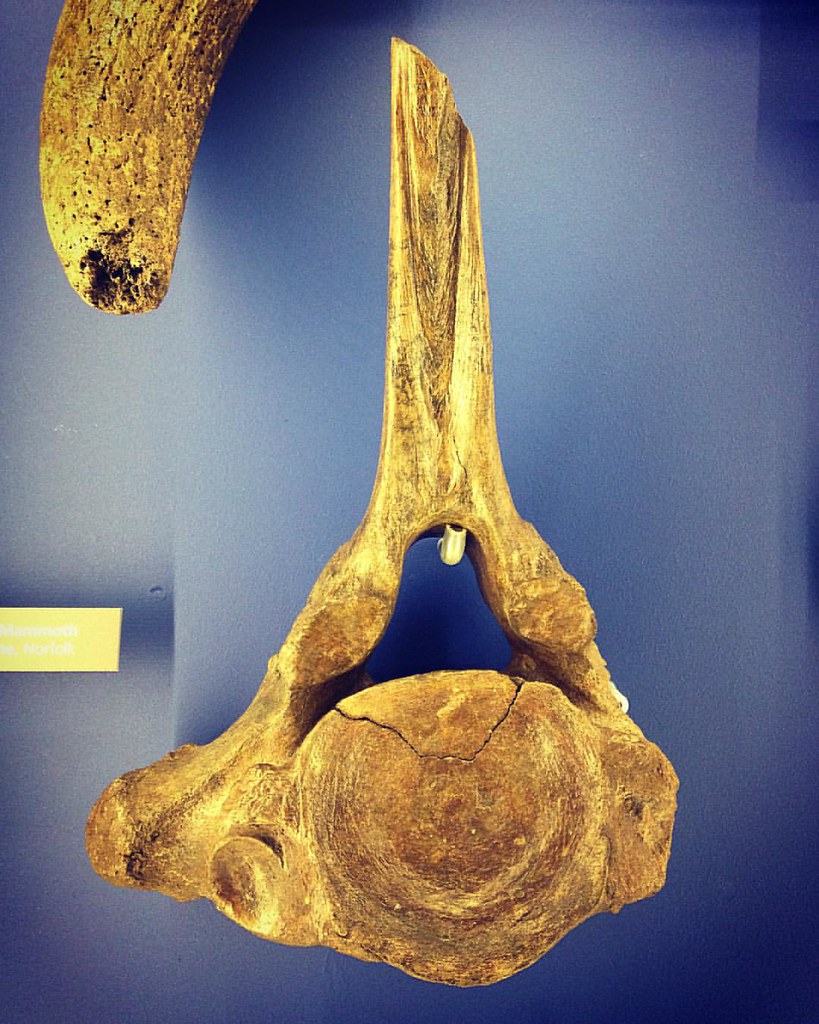
3. **The Ancestral Transformation: Understanding Pseudoextinction**
Not all disappearances signify an absolute end to a lineage; some are more akin to a transformation, a metamorphosis where an old form gives way to a new. This phenomenon is termed pseudoextinction, or phyletic extinction, and it describes the extinction of a parent species when daughter species or subspecies are still extant. In essence, the original taxon doesn’t truly die out without issue, but rather evolves and morphs into its successors.
This process is characterized by anagenesis, where the old taxon vanishes, transformed into a successor species, or cladogenesis, where it splits into more than one descendant. It’s a powerful testament to the continuous flow of evolution, where species are not static entities but dynamic forms constantly adapting and changing. The challenge lies in demonstrating this transformation definitively, as it requires a strong chain of evidence linking a living species to members of a pre-existing parent species, which is particularly difficult with the limited genetic material available from fossil records.
Consider the example of the extinct Hyracotherium, an early horse that shared a common ancestor with the modern horse. While it is sometimes claimed to be pseudoextinct because several extant species of Equus (like zebra and donkey) exist today, proving direct evolutionary lineage from Hyracotherium to modern horses is complex without genetic evidence. However, for larger taxonomic groups, pseudoextinction is much easier to demonstrate, providing a clearer picture of how ancient forms give rise to the diverse life we see today.
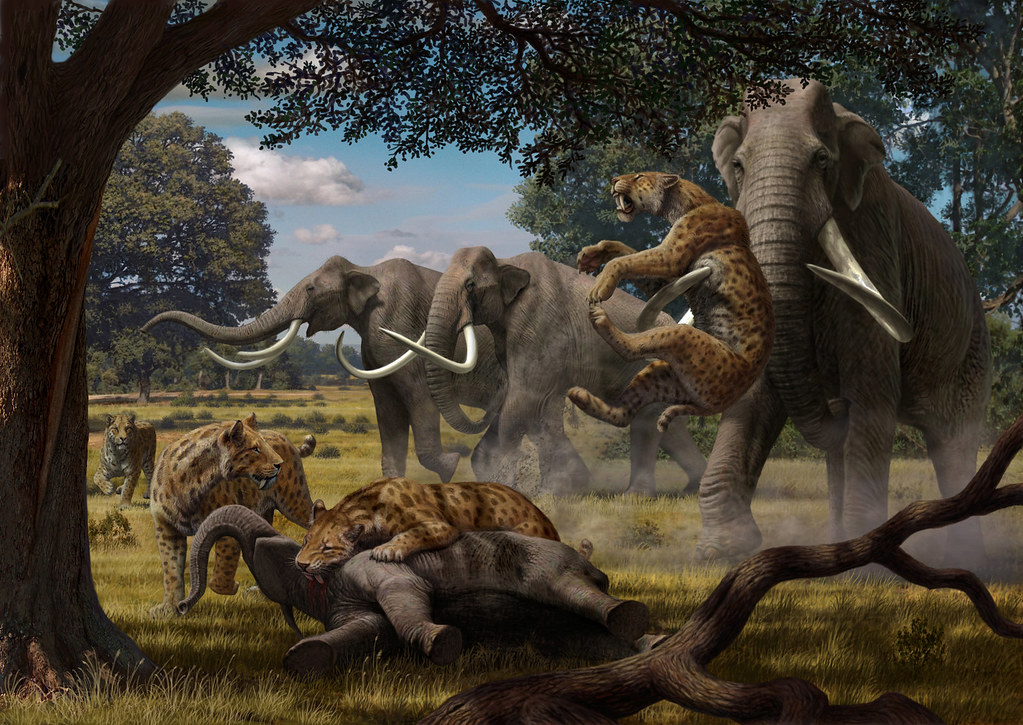
4. **From the Depths of Time: The Phenomenon of Lazarus Taxa**
Just as an automotive enthusiast might unearth a long-lost classic from a forgotten barn, surprising the world with its reappearance, the biological realm has its own version of resurrections: Lazarus taxa. A Lazarus taxon, or Lazarus species, refers to instances where a species or taxon was thought to be extinct but was later rediscovered, sometimes after immense periods of apparent absence in the fossil record. These rediscoveries are profound, challenging our assumptions about what is truly lost.
These “reappearances” can also refer to situations where large gaps in the fossil record of a taxon exist, only for fossils to resurface much later, even if the taxon ultimately became extinct at a subsequent point. It highlights the incompleteness of our paleontological records and the incredible persistence of life in hidden corners of the globe or deep within ecological niches that defy immediate observation.
The coelacanth, a fish related to lungfish and tetrapods, serves as a quintessential example. Known only from the fossil record and believed extinct since the end of the Cretaceous Period, a living specimen was astonishingly found off the coast of South Africa in 1938. More recently, Attenborough’s long-beaked echidna, last sighted in 1962 and presumed possibly extinct, was recorded again in November 2023, rekindling hopes and reminding us that nature still holds many secrets and surprises. Such rediscoveries emphasize the need for continued exploration and conservation efforts, as some presumed losses may yet prove to be mere disappearances.
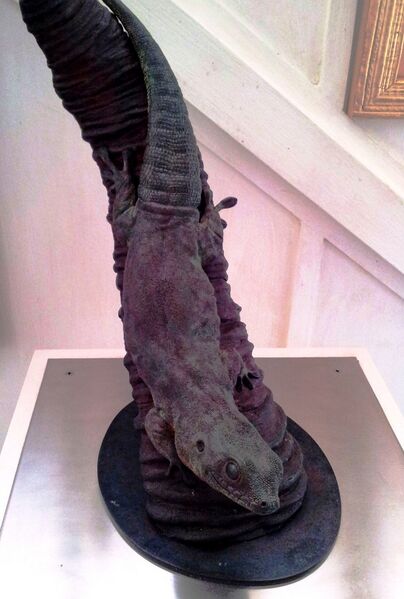
5. **The Fragility Within: Genetic and Demographic Phenomena**
Beyond external pressures, the very fabric of a species’ genetic makeup and population dynamics can seal its fate. Genetic and demographic phenomena represent intrinsic vulnerabilities that can accelerate a species’ decline towards extinction. When adaptation, which increases population fitness, is slower than the combined forces of environmental degradation and the accumulation of slightly deleterious mutations, a population faces an inevitable path to extinction. It’s like a finely tuned engine slowly degrading from within due to a continuous influx of minor, uncorrected flaws.
Smaller populations are inherently more susceptible to these internal threats. They have a significantly reduced pool of beneficial mutations entering the population each generation, which slows down their ability to adapt to new challenges. Concurrently, it’s easier for slightly deleterious mutations to become fixed within these small, isolated gene pools. This creates a dangerous positive feedback loop: small population size leads to low fitness, which further reduces population size, spiraling downwards in what is known as a mutational meltdown.
Limited geographic range emerges as the most critical determinant of genus extinction at background rates, primarily because it contributes to small population sizes and increases vulnerability to localized environmental catastrophes. Any factor affecting ‘evolvability’ – the capacity of a population to generate and maintain genetic variation necessary for adaptation – such as balancing selection, cryptic genetic variation, phenotypic plasticity, and robustness, can significantly impact extinction rates. A diverse and deep gene pool acts as a crucial buffer, offering a higher chance of survival against adverse changes, making any loss in genetic diversity a critical risk factor.
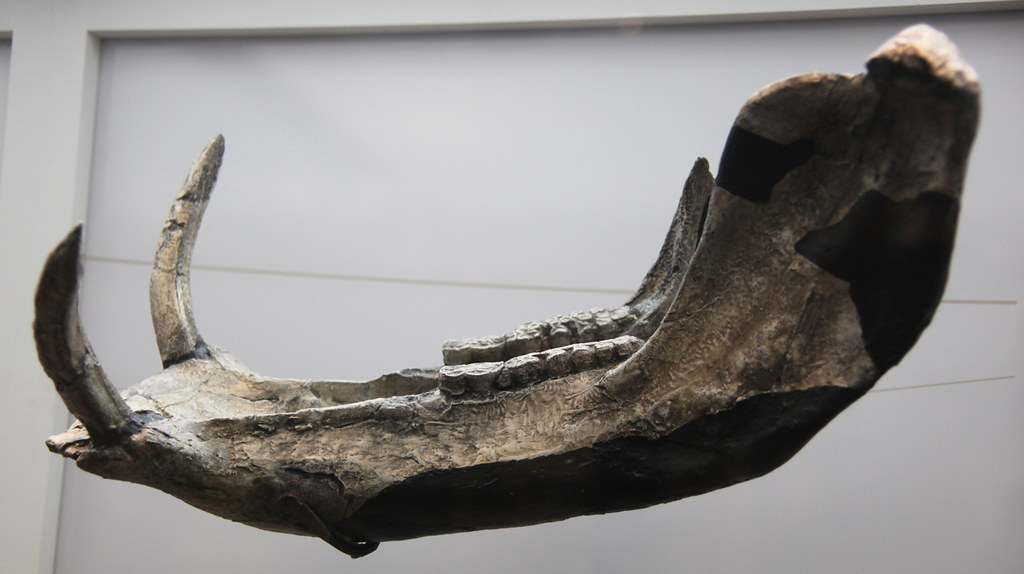
6. **The Silent Erosion: Genetic Pollution**
Extinction isn’t always about outright annihilation; sometimes, it’s a more insidious process of dilution and replacement, akin to an authentic vintage car slowly having its original parts swapped out for generic, less compatible ones until its original identity is lost. This is the essence of genetic pollution, a phenomenon where uncontrolled hybridization, introgression, and genetic swamping lead to the homogenization or out-competition of species evolved to specific ecologies.
This threat emerges when endemic populations, uniquely adapted to their local environments, come into contact with new populations, often introduced or selectively bred by humans, or when habitat modification breaks down natural isolation barriers. The result is often interbreeding that can effectively swamp the rarer gene pool, leading to the creation of hybrids and a depletion of the purebred genetic distinctiveness that defined the original species. Such a loss can be particularly challenging to detect through morphological observation alone, requiring genetic analysis to reveal the true extent of the erosion.
Genetic pollution is most perilous for rare species encountering more abundant ones, as their limited gene pool is easily overwhelmed. A stark example is the endangered wild water buffalo, whose primary threat to extinction comes from genetic pollution from the much more abundant domestic water buffalo. While some degree of gene flow is a natural evolutionary process, this uncontrolled hybridization fundamentally threatens the existence and unique genetic integrity of vulnerable species, narrowing genetic diversity and thereby increasing their ultimate chance of extinction.

7. **The Vanishing Home: Habitat Degradation**
Perhaps the most visible and widely recognized driver of contemporary extinctions is habitat degradation, a process that fundamentally alters the environment to such an extent that species can no longer survive. This isn’t merely a minor inconvenience; it’s a complete restructuring of the ‘fitness landscape’ that a species relies upon, much like taking a specialized racing vehicle and forcing it onto an unpaved, broken road it was never designed to traverse.
Globally, agriculture stands as the primary anthropogenic cause of habitat degradation, transforming vast natural landscapes into monoculture fields. Urban sprawl, extensive logging operations, destructive mining practices, and certain fishing techniques like bottom trawling closely follow, each leaving a significant footprint. These activities can render an environment directly toxic, sterilizing or killing off all living members, or they can indirectly diminish a species’ ability to compete effectively for increasingly scarce resources.
The physical destruction of niche habitats is particularly devastating. The widespread conversion of tropical rainforests into open pastureland, for instance, eliminates the intricate multi-layered infrastructure that countless species depend on for survival. A fern requiring dense shade cannot persist without the forest canopy to shelter it, just as a marine organism cannot survive after its ocean floor habitat is pulverized by trawling nets. Beyond direct destruction, habitat degradation enhances erosion, diminishes nutrient availability, and degrades water quality, creating a cascade of detrimental effects that relentlessly push species towards the brink.

8. **Predation, Competition, and Disease: The Natural Filters**
In the complex ecosystem of life, species continually navigate dynamic interactions. Predation, interspecific competition, and disease are potent, natural filters shaping survival. While inherent to evolution, these forces can escalate into critical threats under shifting conditions, pushing vulnerable populations towards irreversible decline.
The delicate balance within a biological community is vital. Extinction of a necessary host, prey, or pollinator can trigger cascading negative effects. Interspecific competition for vital resources like food or territory can lead to one species outcompeting another. Evolving diseases can devastate populations lacking immunity.
Humans have introduced additional complexity. As novel mega-predators or inadvertent species transporters, human activities significantly amplify extinction risks. Intentional or accidental species introductions have historically reshaped ecosystems. Successful invasive alien species can have catastrophic consequences: preying on natives, outcompeting them, or introducing pathogens, disadvantaging native species.

9. **Coextinction: The Ripple Effect of Loss**
The intricate web of life ensures few species exist in isolation; each part of a larger, interconnected system. Disappearance of one can tragically precipitate others’ extinction—coextinction. Ecosystems function like finely tuned machines; one critical component’s failure can break an entire assembly, causing systemic ripple effects.
Coextinction manifests diversely: parasitic insects vanish after hosts, predators starve when prey is lost. A plant reliant on a specific pollinator faces a terminal threat if that pollinator goes extinct. “Species coextinction… is certainly an insidious one,” as noted, stemming from unforeseen consequences destabilizing food webs.
This cascade is pronounced when a keystone species is lost, dramatically overhauling the community. Models suggest coextinction is the most common form of biodiversity loss, creating a domino effect across trophic levels. The Haast’s eagle and moa in New Zealand illustrate this: the eagle became extinct because its sole food source, flightless moa birds, were driven to extinction, demonstrating species’ fundamental tethering to ecological partners.
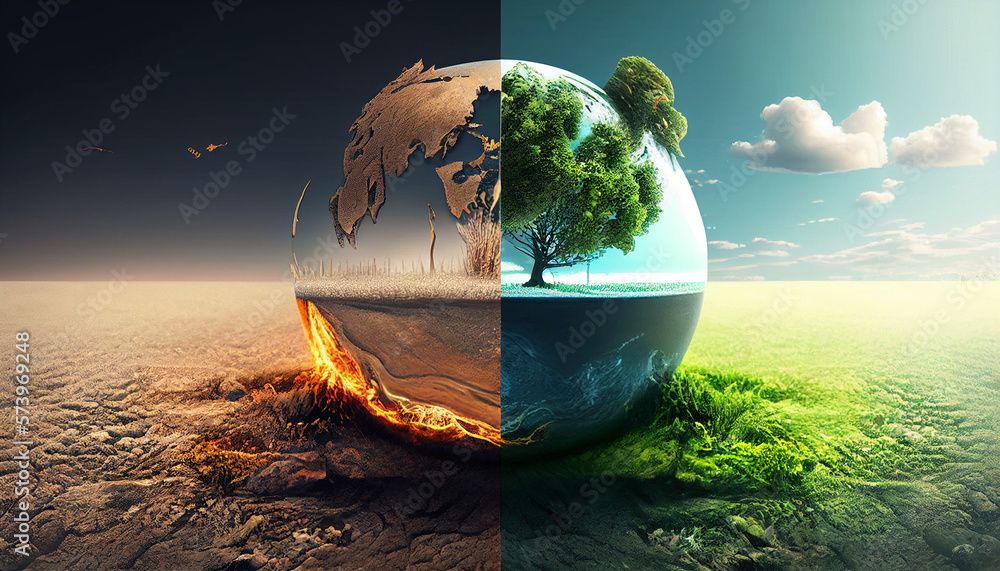
10. **Climate Change: Reshaping the Global Landscape**
Among biodiversity threats, climate change is increasingly dominant, relentlessly reshaping environments and pushing species to the brink. This global phenomenon alters conditions for life, creating a shifting ‘operating environment’ many cannot handle. Evidence from modern observations and fossil records confirms climate shifts have historically been powerful extinction agents.
Fossil studies provide compelling evidence of past extinctions linked to climate change, notably amphibian losses during the Carboniferous Rainforest Collapse 305 million years ago. This historical precedent underscores the profound impact of climatic alterations. Today, the pace and scale are unprecedented, driven by anthropogenic factors, accelerating pressure on ecosystems.
A 2003 review projected 15–37% of land species “committed to extinction” by 2050 due to climate change. Vulnerable areas like the Cape Floristic Region face doubled CO2 levels and rising temperatures. Such changes could eliminate tens of thousands of species, highlighting the threat’s severity. Climate change also exacerbates other drivers, intensifying habitat loss and desertification.
Read more about: Beyond the Big Paycheck: 13 Compelling Reasons Professionals Are Walking Away From High-Paying Jobs

11. **Sexual Selection and Male Investment: A Double-Edged Sword for Survival**
Evolutionary pressures aren’t solely about environmental survival. Sexual selection, a powerful force driving mating success traits, can paradoxically increase extinction risk. While it fuels spectacular displays and competitive attributes in males, these traits impose significant costs on long-term viability, like a high-performance vehicle optimized for speed but lacking robustness.
Fossil record studies, tracing species from origin to demise, reveal a counterintuitive pattern: highly ually dimorphic species, particularly males with competitive characteristics, face higher extinction risk and die out faster. Less dimorphic species endure millions of years; flamboyant counterparts vanish within thousands. This challenges earlier modern taxa studies.
The higher extinction risk in fossil studies points to causes. Extravagant ornaments—like elaborate plumage—can be energetically “expensive” and negatively impact survival, making animals conspicuous or hindering agility. Sexual selection can remove genetic diversity. While currently neutral, this lost diversity might be crucial for adapting to future environmental challenges.
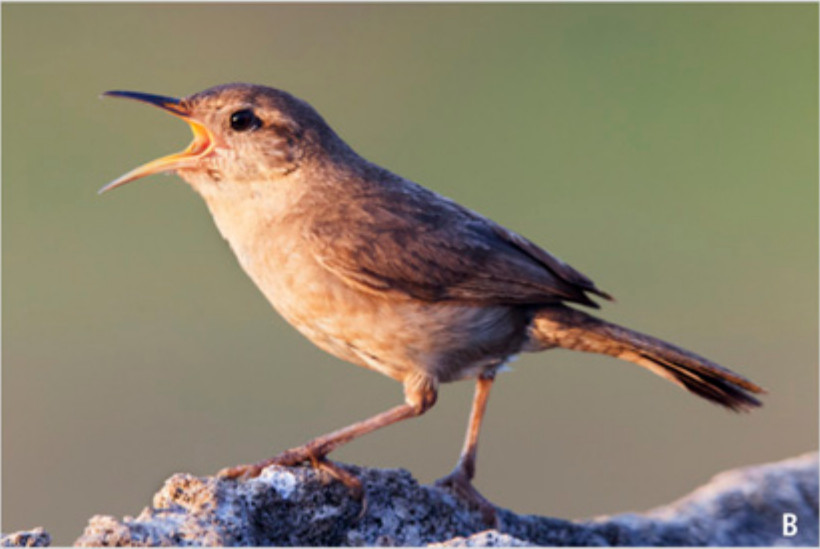
12. **The Grand Scale: Understanding Mass Extinctions**
While individual extinctions are natural, Earth’s history includes cataclysmic mass extinctions. These rare, profoundly impactful episodes see many species disappear rapidly, far beyond “background” rates. The Phanerozoic graph reveals at least five such events, fundamentally reshaping life’s trajectory, akin to systemic reboots.
Historically, Earth has endured at least five major mass extinctions, four in the last 350 million years. These represent stark bottlenecks, pruning the tree of life. The “Permian–Triassic extinction event” 250 million years ago, the most severe, wiped out 90% of species. Massive eruptive events are a likely cause, highlighting geological forces driving biological collapse.
Another iconic event, the Cretaceous–Paleogene (K–Pg) extinction 66 million years ago, famously ended non-avian dinosaurs and countless other species. The trigger often combines asteroid impact and volcanic activity, resulting in an abrupt, sweeping biological reset. These mass extinctions remind us of the planet’s dynamic, volatile nature.

13. **The Modern Crisis: The Holocene Extinction**
In stark contrast to ancient, geologically driven mass extinctions, Earth is now experiencing the Holocene extinction—a human-caused mass extinction unfolding at an alarming, unprecedented rate. This crisis, also known as Anthropocene defaunation, shifts drivers from natural catastrophes to human activity. Humanity has become the dominant, often destructive, force reshaping the biological landscape.
Scientific consensus on this human-driven mass extinction is widespread. A 1998 survey found nearly 70% of biologists believed Earth was in its early stages, predicting significant losses by 2028. Recent studies call it “the most serious environmental threat to civilization,” given its irreversibility. E. O. Wilson estimated half of all plant and animal species could vanish within a century.
The speed is troubling, 100 to 1,000 times higher than “background” rates, potentially reaching 10,000 times higher. This links to unsustainable human population growth and consumption. Habitat destruction, overharvesting, pollution, and invasive species collectively threaten a million species. Despite international efforts, progress is slow, highlighting humanity’s urgent need for a paradigm shift.
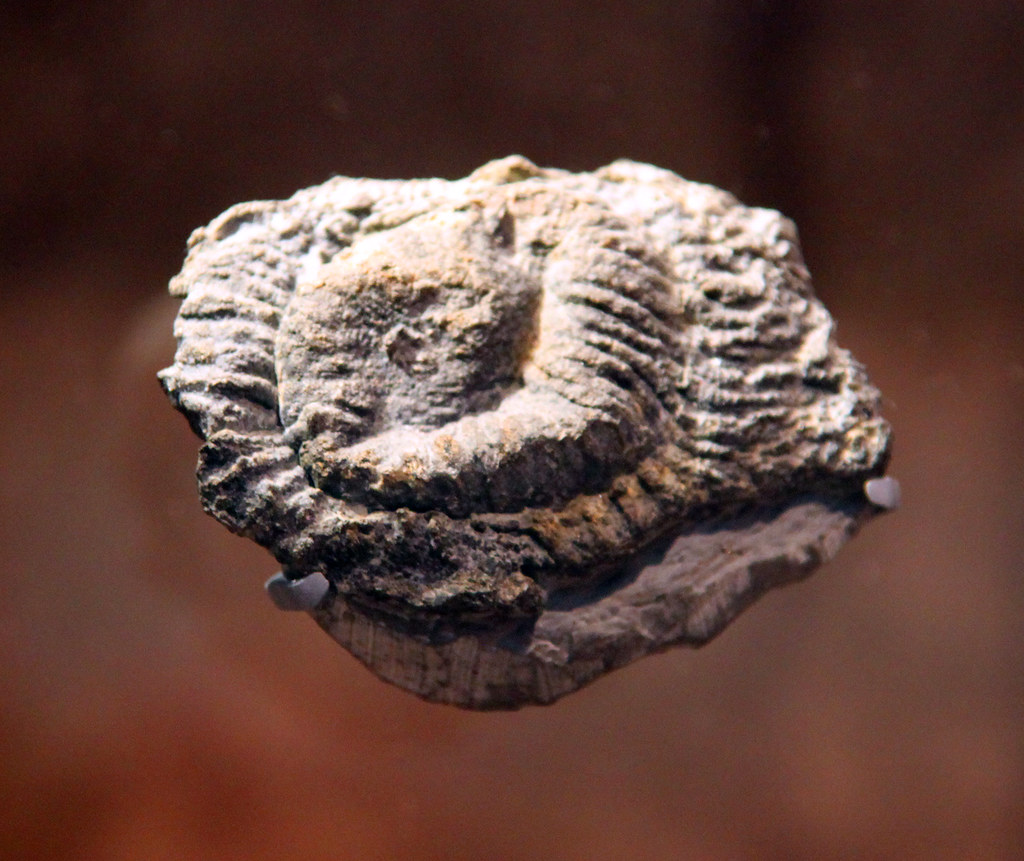
14. **The Evolution of Scientific Understanding of Extinction**
For much of Western history, modern extinction understanding—the irreversible termination of a species—was incompatible with prevailing worldviews. The 1700s “great chain of being” concept posited a complete, perfect world where all life was linked, making permanent species loss impossible. Thomas Jefferson famously denied mammoth extinction.
Fossils unlike known living species gradually challenged this view. Robert Hooke speculated deep-ocean habitats for enormous nautilus fossils; Sir Thomas Molyneux attributed giant Irish antlers to North American moose, arguing for local, not global, disappearance. Georges Cuvier, a renowned geologist, shifted the paradigm. His comparison of fossil mammoth jaws to living elephants conclusively demonstrated distinctness, arguing for true, irreversible extinction.
Cuvier’s further work implied historical cycles of catastrophic flooding, mass extinction, and repopulation—a “catastrophist” view. This contrasted with “uniformitarianism,” championed by Lamarck and Lyell, who argued for gradual change. Extinction became integral to Darwin’s *On the Origin of Species*, as a constant side effect of competition. Current understanding synthesizes both gradual background extinctions and profound, rare catastrophic mass extinctions.
Read more about: Beyond the Horizon: NASA Supercomputer Unveils Earth’s Sooner-Than-Expected End, And What It Means for Humanity’s Future
The journey through the intricate definitions, diverse causes, and historical understanding of extinction reveals a profound truth about life on Earth: it is simultaneously resilient and incredibly fragile. From the silent vanishing of genetic diversity to the catastrophic global resets of mass extinctions, each facet underscores the dynamic interplay between species, their environments, and the inexorable march of evolutionary time. As we grapple with the ongoing modern crisis, a legacy largely shaped by human actions, the insights gleaned from understanding extinction’s mechanisms become more crucial than ever. They serve as a powerful call to action, urging us to recognize our role in shaping the planet’s future biodiversity and to steward its invaluable biological heritage with renewed diligence and respect.




